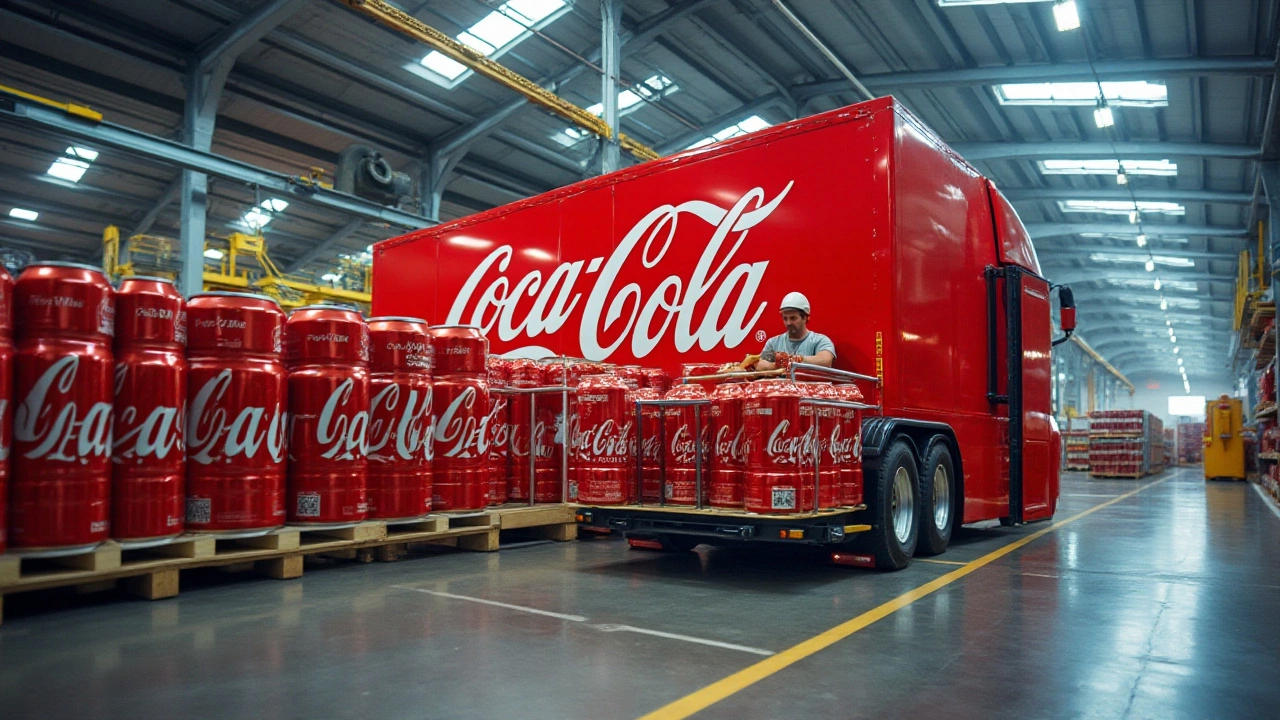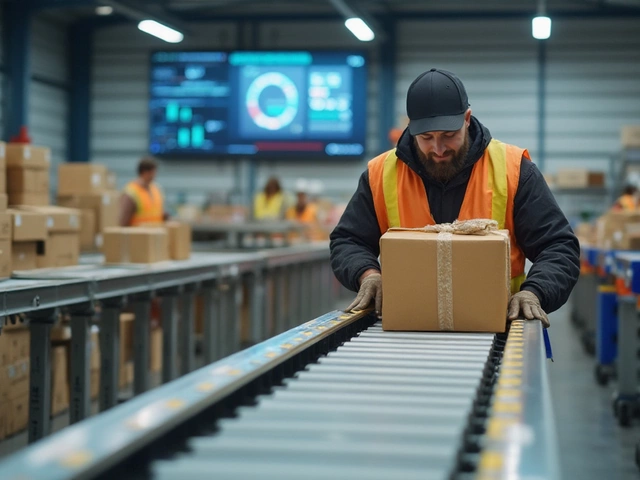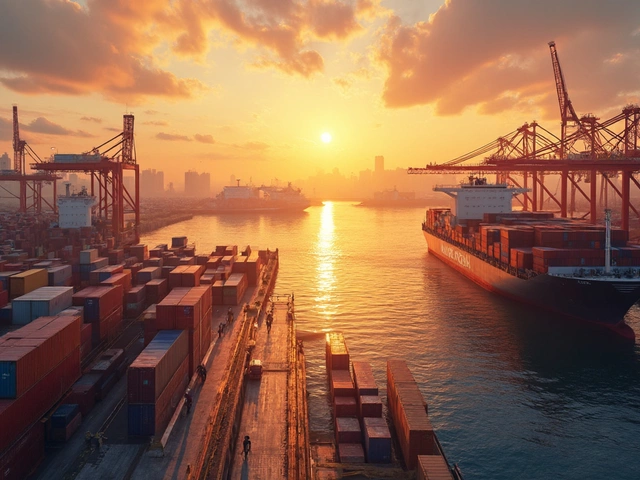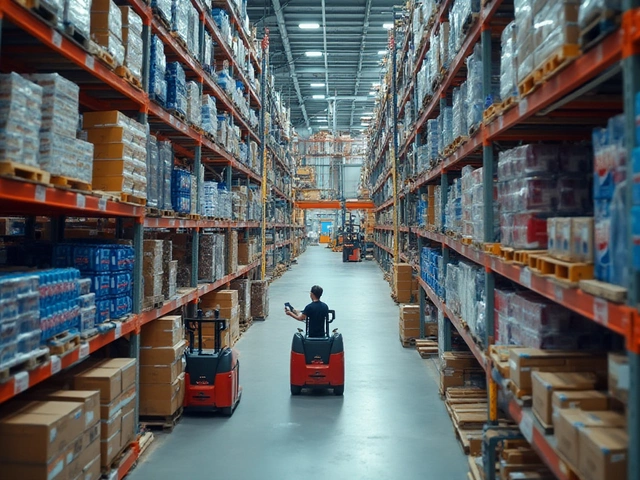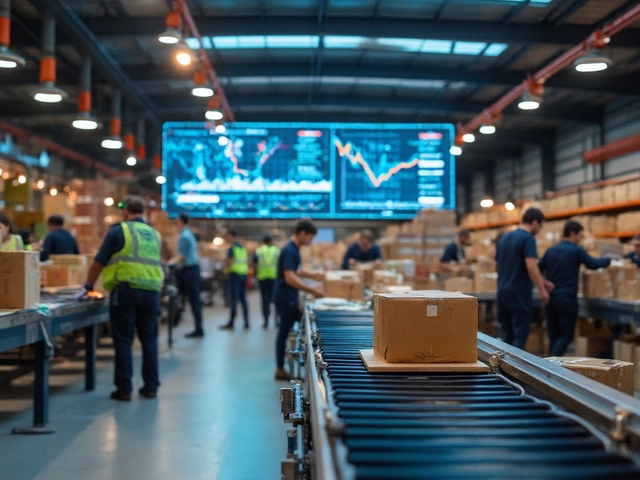How Coca‑Cola Gets Every Bottle to Your Doorstep
If you’ve ever cracked open a Coke, you’ve already seen a massive logistics machine at work. From massive factories to tiny corner shops, Coca‑Cola moves millions of cans every day. The good news? Most of the tricks they use are simple enough for small businesses to copy.
First off, Coca‑Cola treats every product like a perishable good. Even though a soda can sit on a shelf for months, the company still aims to keep the supply chain fast and fresh. That means tight planning, real‑time data, and a clear picture of inventory at every step.
Centralised Planning Meets Local Flexibility
At the heart of Coca‑Cola’s system is a central planning hub. This hub looks at demand forecasts, seasonal spikes, and promotional pushes. Once the big picture is set, regional hubs get the data and adjust routes on the fly. If a big sports event is happening in Manchester, they’ll send extra trucks to that area a few days before the match.
This blend of central control and local flexibility cuts down on empty trucks and missed deliveries. For a small retailer, you can mimic this by using a simple spreadsheet to track weekly sales and then adjusting your order quantities a day before a local event.
Cold‑Chain Management Made Easy
Coca‑Cola’s drinks don’t need refrigeration to stay safe, but cold products sell better. The company invests in refrigerated trucks and temperature‑controlled warehouses for its premium lines. The key takeaway? You don’t need a fleet of giant chillers. A few insulated boxes and a portable cooler can keep drinks at the right temperature for a day’s worth of deliveries.
Use temperature loggers – cheap Bluetooth devices that send alerts to your phone – to make sure nothing goes warm on the road. It’s a small step that builds trust with customers who expect a cold drink straight from the store.
Another smart move is using “last‑mile” partners who already have a network in your area. Coca‑Cola works with local couriers for small orders, reducing the need for a dedicated fleet. For a startup, teaming up with a local bike messenger service can give you the same reach without the heavy cost of owning trucks.
Finally, keep an eye on waste. Coca‑Cola runs regular audits to see where pallets are damaged or boxes are left open. Simple checks at the loading dock – like making sure each pallet is fully stacked and wrapped – can cut damage by up to 15%.
In short, Coca‑Cola’s success isn’t about fancy tech alone; it’s about clear planning, adaptable routes, and caring for the product all the way to the shelf. Take these ideas, start small, and watch your delivery game improve.
January 16, 2025
Evelyn Wescott
0 Comments
Coca-Cola, as a leading global beverage company, relies on an extensive warehouse network to support its expansive supply chain. From manufacturing to distribution, warehouses play a critical role in the storage and transportation of its iconic products. This article explores Coca-Cola's strategic use of warehouses, revealing how they maintain efficiency and sustainability in their logistics operations. Learn about their innovative practices and how they adapt to ever-changing demands.
